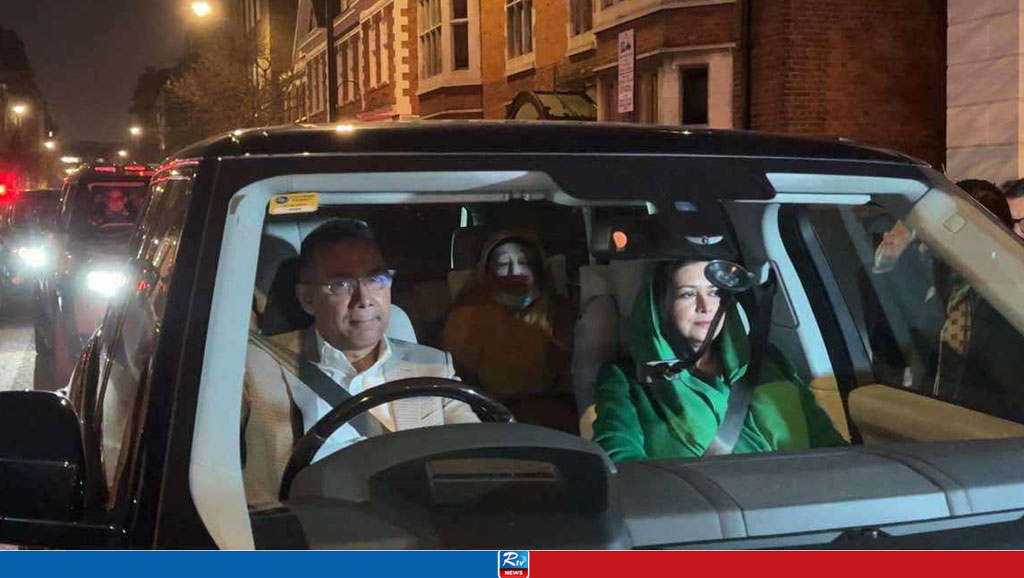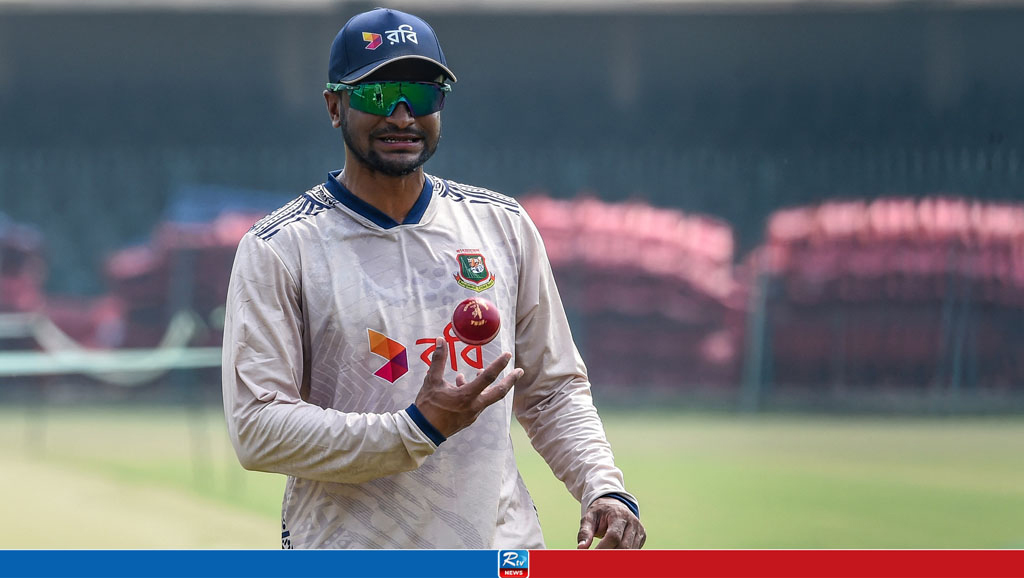‘Avatar: The Last Airbender’ takes an elemental stab

Translating kids’ animation to live-action is a tricky proposition, as Disney and the 2010 movie version of “Avatar: The Last Airbender” can attest. Netflix gets the look and action right in a lavish series based on the Nickelodeon show, but too-elemental dialogue and uneven performances make this eight-episode sit a bit of a grind for anyone who has gotten past puberty.
Built around four tribes of “airbenders” with the ability to control water, earth, fire and air, “Avatar” establishes a mythical world filled with strange creatures and fantastic powers, none more so than those possessed by the Avatar, the legendary figure who alone can command all the elements.
That heavy burden falls to a 12-year-old boy with a strategically placed arrow on his forehead, Aang (Gordon Cormier), who awakens after a century in ice to discover the firebenders and their leader Fire Lord Ozai (Daniel Dae Kim) have sought to take over the world, and, fearing the Avatar’s return, dispatched Prince Zuko (Dallas Liu) to neutralize him.
Taken in by Sokka (Ian Ousley) and the waterbender Katara (Kiawentiio), Aang embarks on an episodic quest through this elaborate mythology, yielding familiar situations, the occasional fleeting hint of romance (which much of the logical audience will likely call “icky”) and no small amount of spinning, kicking, element-hurling action.
Adapted by writer-showrunner Albert Kim (“Sleepy Hollow”), the series seems to consciously seek to correct the missteps of M. Night Shyamalan’s lightly regarded film version, without overcoming the creative hurdles raised by having two-dimensional youths as its featured players. The credible visual effects thus adorn what too often feels like a community-theater package, replete with stilted lines about how saving the world must wait if it means endangering friends.
While derived from the animated series, bringing its trappings into live-action perhaps most charitably recalls the tone of “The Neverending Story,” a 40-year-old artifact (with more practical special effects) that also put a young boy at the center of its magic-filled journey.
Ultimately, though, this feels like another pretty expensive bet by Netflix to capitalize on a proven title and the nostalgia surrounding it, after other animated-to-live-action series like the short-lived “Cowboy Bebop” and more recently “One Piece.”
As with the latter show, the result is generally inoffensive, with the potential to run several seasons, but executed in such a blandly earnest way as to be unlikely to win over many who aren’t well versed in the material and eager to take the plunge.
On the plus side, in terms of truth in advertising, at least Aang’s arrow is pointed in the right direction.
Comments
A Hollywood Saga Ends: / Angelina Jolie and Brad Pitt Settle Divorce After 8 Years
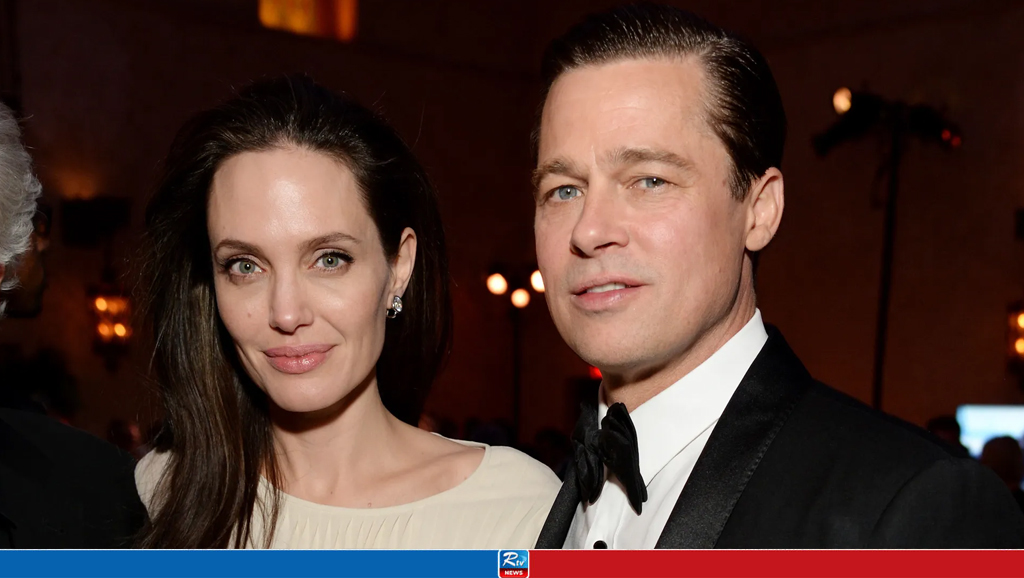
Squid Game Season 2 Shatters Netflix Records with Unprecedented Viewership
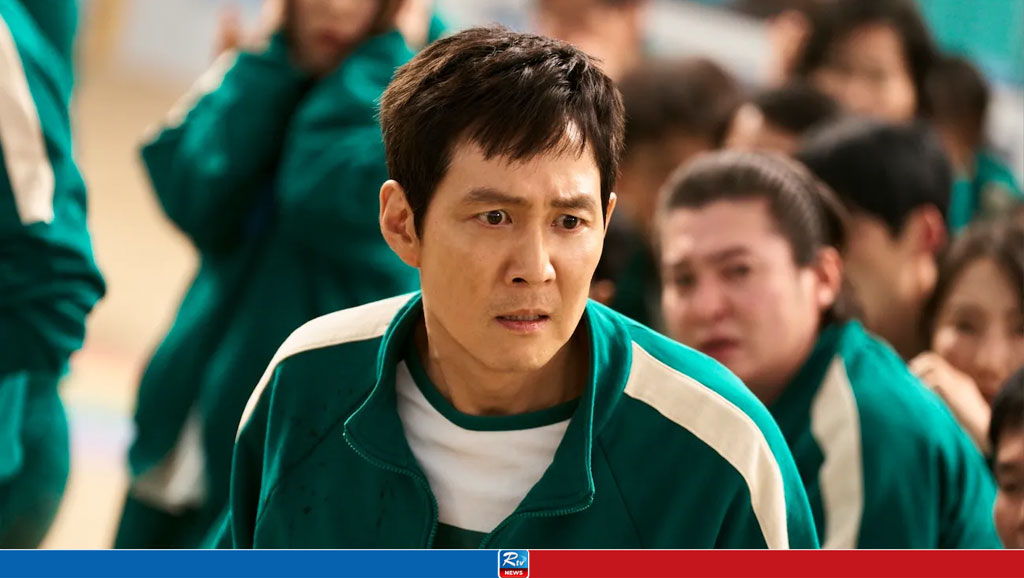
Tahsan Khan's Wedding News Goes Viral: What He Says

Actress Anjana Rahman Passes Away at 59
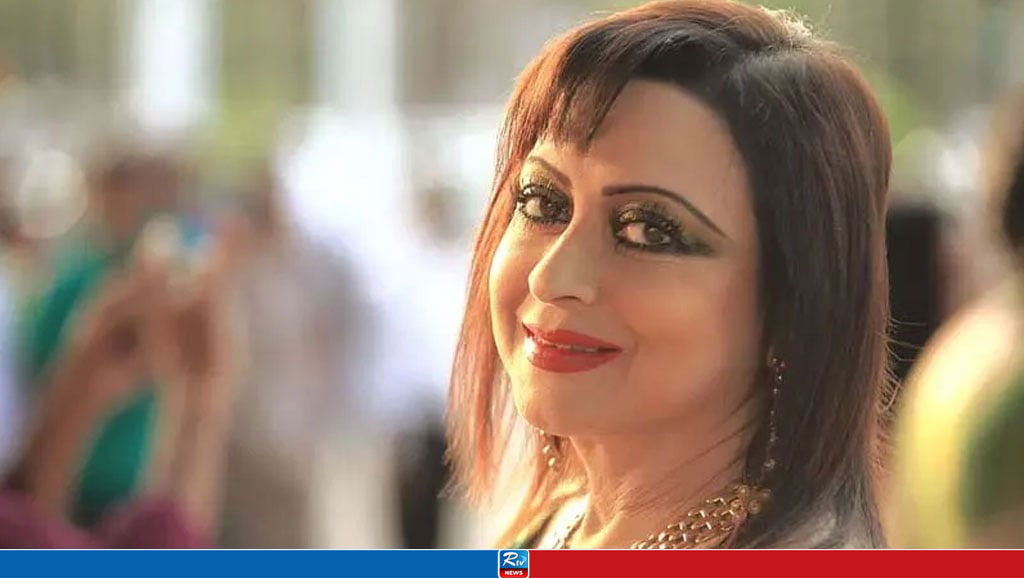
Anjana's First Funeral Held at FDC

Musfiq R Farhan Hospitalized Due to Illness

Mushfiq R Farhan's Health Update: Out of Danger, Family Confirms
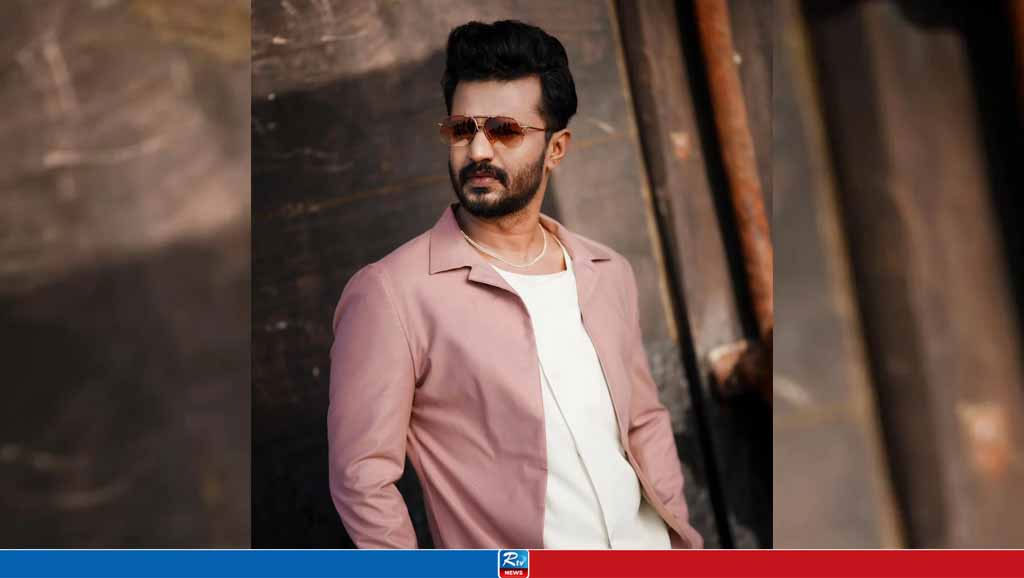

 Live Tv
Live Tv

